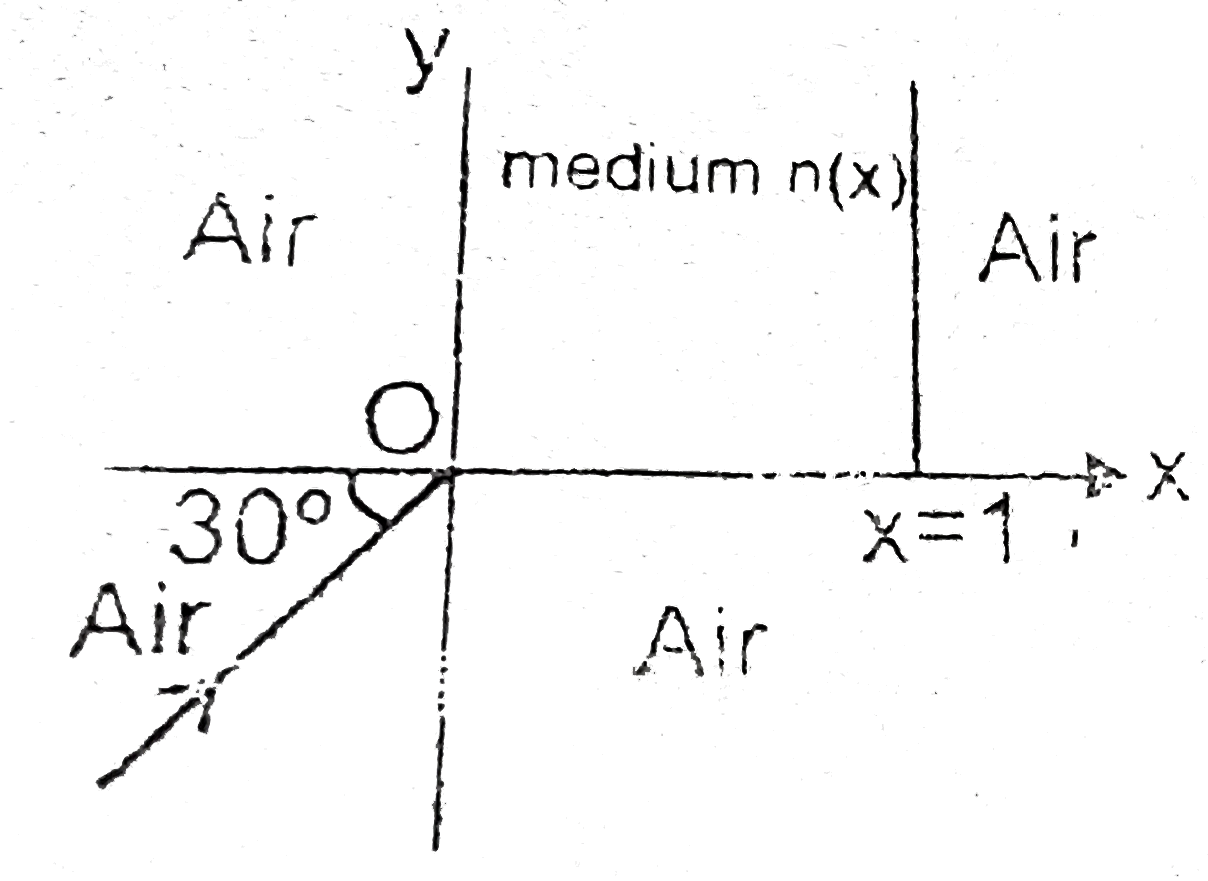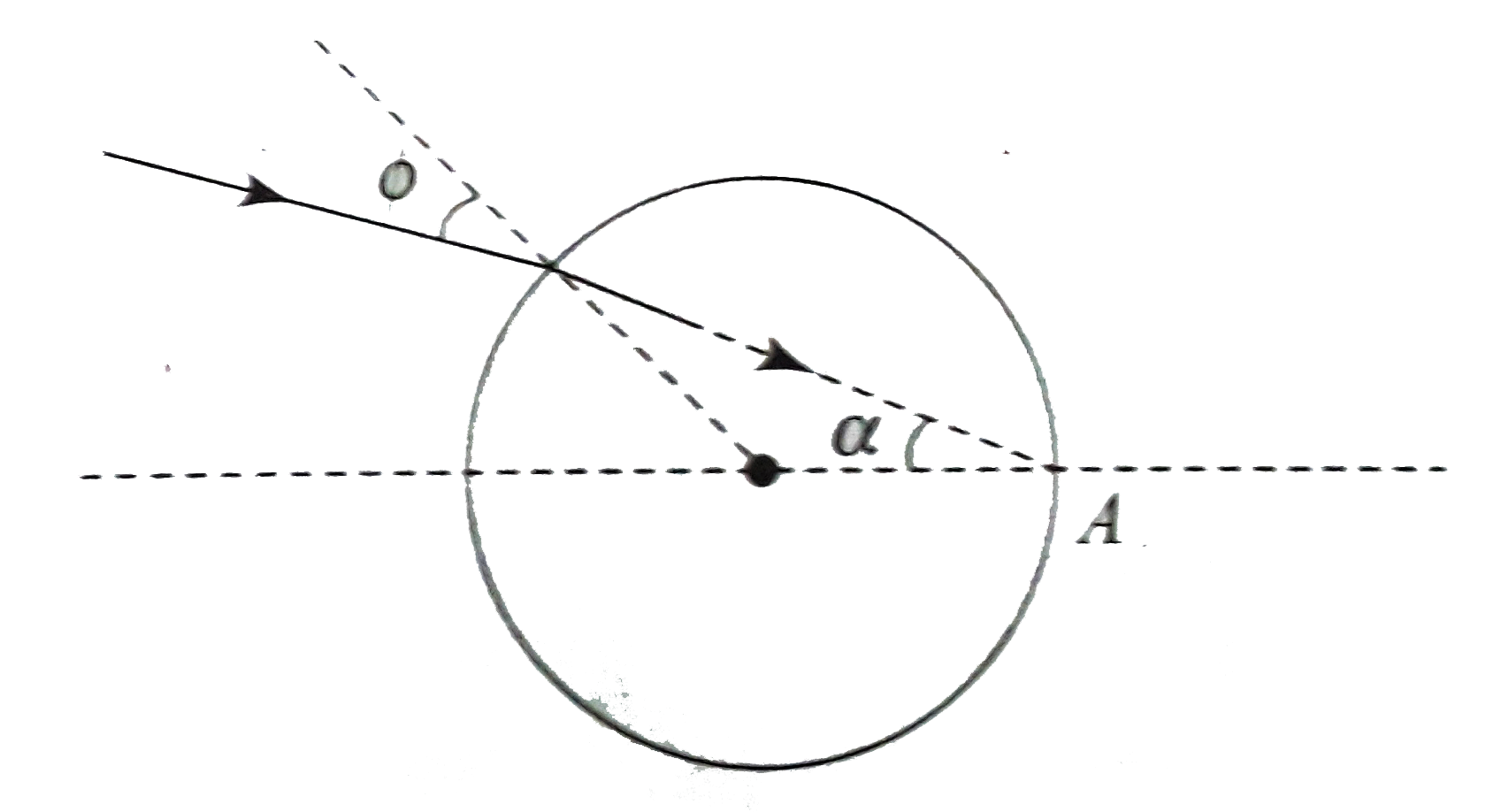When light rays enter the eye, most of the refraction occurs at the
Crystalline lens
Outer surface of the cornea
Iris
Pupil
The correct Answer is:B
To solve the question "When light rays enter the eye, most of the refraction occurs at the:", we need to analyze the structure of the eye and understand where the refraction of light primarily takes place.
1. Understanding Refraction in the Eye:
- Refraction is the bending of light rays when they pass from one medium to another. In the case of the human eye, light rays enter through various parts of the eye before reaching the retina.
2. Identifying the Key Structures:
- The main components of the eye involved in refraction include:
- Cornea: The outermost transparent layer that covers the front of the eye.
- Lens: A transparent structure behind the iris that further focuses light onto the retina.
- Iris: The colored part of the eye that controls the size of the pupil and the amount of light entering the eye.
- Pupil: The opening in the center of the iris through which light enters the eye.
3. Analyzing Each Option:
- Option 1: Crystalline Lens: While the lens does contribute to refraction, it is not the primary site for the majority of refraction.
- Option 2: Outer Surface of the Cornea: The cornea is the first surface that light encounters when it enters the eye and is responsible for about 80% of the total refraction.
- Option 3: Iris: The iris does not play a significant role in refraction; its main function is to control light entry.
- Option 4: Pupil: The pupil is simply an opening and does not refract light.
4. Conclusion:
- Based on the analysis, the outer surface of the cornea is where most of the refraction occurs when light rays enter the eye. Therefore, the correct answer is Option 2: Outer surface of the cornea.
Final Answer:
Most of the refraction occurs at the outer surface of the cornea.
---
- Refraction is the bending of light rays when they pass from one medium to another. In the case of the human eye, light rays enter through various parts of the eye before reaching the retina.
- The main components of the eye involved in refraction include:
- Cornea: The outermost transparent layer that covers the front of the eye.
- Lens: A transparent structure behind the iris that further focuses light onto the retina.
- Iris: The colored part of the eye that controls the size of the pupil and the amount of light entering the eye.
- Pupil: The opening in the center of the iris through which light enters the eye.
- Option 1: Crystalline Lens: While the lens does contribute to refraction, it is not the primary site for the majority of refraction.
- Option 2: Outer Surface of the Cornea: The cornea is the first surface that light encounters when it enters the eye and is responsible for about 80% of the total refraction.
- Option 3: Iris: The iris does not play a significant role in refraction; its main function is to control light entry.
- Option 4: Pupil: The pupil is simply an opening and does not refract light.
- Based on the analysis, the outer surface of the cornea is where most of the refraction occurs when light rays enter the eye. Therefore, the correct answer is Option 2: Outer surface of the cornea.
Most of the refraction occurs at the outer surface of the cornea.
Topper's Solved these Questions
- BOOK - NCERT EXEMPLAR ENGLISHCHAPTER - THE HUMAN EYE AND THE COLOURFUL WORLD EXERCISE - SHORT ANSWER TYPE QUESTIONS10videos
THE HUMAN EYE AND THE COLOURFUL WORLD
- BOOK - NCERT EXEMPLAR ENGLISHCHAPTER - THE HUMAN EYE AND THE COLOURFUL WORLD EXERCISE - LONG ANSWER TYPE QUESTIONS6videos
THE HUMAN EYE AND THE COLOURFUL WORLD
- BOOK - NCERT EXEMPLAR ENGLISHCHAPTER - SOURCES OF ENERGY EXERCISE - LONG ANSWER TYPE QUESTIONS7videos
SOURCES OF ENERGY
Similar Questions
Light rays entering the eye is controlled by
View SolutionA light ray is incident on a transparent sphere of index = √2 , at an angle of incidence =45∘ , What is the deviation of a tiny fraction of the ray, which enters the sphere, undergoes two internal reflections and then refracts out into air?
View SolutionA beam of light is partially reflected and partially refracted from a surface. The angle between reflected and refracted light ray is 90∘. If the angle of refraction is 30∘, the angle of incidence is
View SolutionThe light ray is incidence at angle of 60∘ on a prism of angle 45∘ . When the light ray falls on the other surface at 90∘ , the refractive index of the material of prismμ and the angle of devaition δ are given by
View SolutionThe light ray is incidence at angle of 60∘ on a prism of angle 45∘ . When the light ray falls on the other surface at 90∘ , the refractive index of the material of prismμ and the angle of deviation δ are given by
View SolutionA light ray enters into a medium whose refractive index varies along the x-axis as n(x)=n0√1+x4 where n0=1. The medium is bounded by the plates x=0,x=1 & y=0. It the ray enters at the origin at an angle 30∘ with x-axis
 View Solution
View SolutionWhen light enters from air to water, then its
View SolutionRefraction of light in the eye occurs at :
View SolutionA ray of light enters a spherical drop of water of refractive index μ as shown in figure.

Q. Select the correct statement:View SolutionWhen a ray of light is incident normally on one refracting surface of an equilateral prism (Refractive index of the material of the prism =1.5
View Solution

